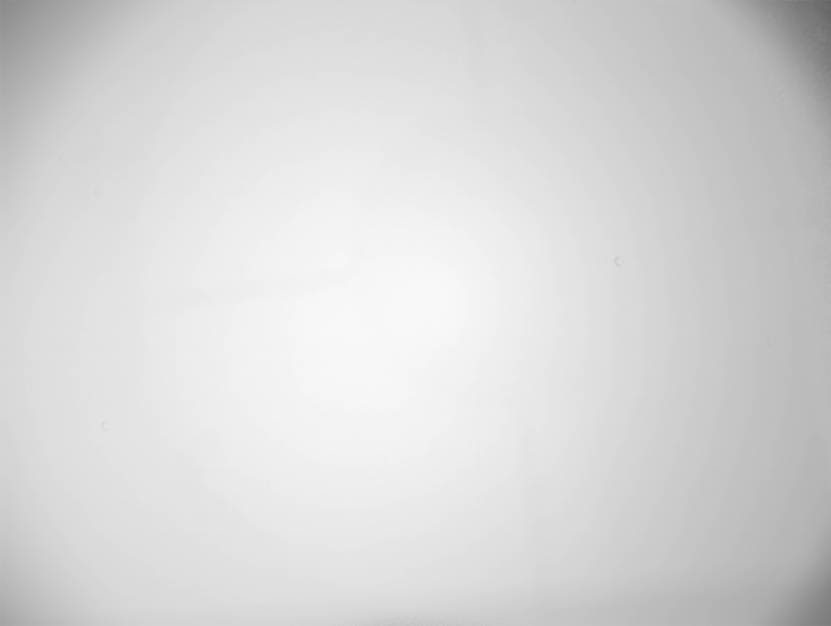|
I've recent acquired a new CCD camera. Things are going well with it, and over the coming months you'll start to see alot more output from the H18. You can find out more about the SXVR-H18 at the Starlight Xpress website: http://www.starlight-xpress.co.uk/products_files/SXVR-H18/SXVR-H18.htm
So whats it like? For the techs out there, its a Kodak KAF8300 chip based camera. 8.3 mega-pixels, 3346x2504, monochrome CCD in an array size of 17.96 x 13.52mm. The pixels are 5.4uM in size. It has a peltier cooler and internal fan. It also allows the temperature of the device to be specified, which is a good thing as this chip is rather noisy. Luckily, dark frames deal with this problem very well, and the temperature setting means only one or two sets of darks are needed.
For the non-techs out there, it rocks :) Read on to find out more!
Dark Frames
A dark frame is one taken when the camera is in the dark. By taking a picture at the same temperature, and for the same amount of time as my 'light' exposures (the ones taken of the night sky), MaximDL can remove alot of the noise from the image. The result is a much cleaner image. Allowing the temperature of the camera to be specified means that instead of having to shoot dark frames each night, I can take a master frame and use that all the time.
Taking dark frames is easy. Simply cover the telescope, set the cooling settings, and leave the camera exposing itself for the same amount of time as the light exposures were for. Although the H18 has a shutter, it is not totally light proof in daylight, added to which during daylight hours the ambient temperature means that overnight cooled temperatures cannot be reached. So I leave the camera taking exposures in the locked observatory after I pack up.
I use more than 1 frame, as it removes the random fluctuations from the camera, leaving only the truly 'hot' or 'cold' pixels. Typically, a set of darks will be 10-20 frames averaged together.
Filter Problems
Now for the downside, and its not the cameras fault! I have a complete set of Astronomik LRGB, Ha, Oiii, Sii and Hb filters, but they are 1.25" in size. Really, this camera would benefit from a set of 2" filters, but the cost is (pardon the pun) astronomical! If anyone would like to donate me a full set, please get in touch :)
The good news is that flat frames allow this problem to be neatly side-stepped. The vignetting caused by the small filters is worse on a shorter, slower scope such as my Televue Genesis. Its not too bad on the Vixen VC200L at F/6.3 though!
Flats Frames
So how bad is the vignetting with the H18 and 1.25" filters? Judge for yourself:
Televue Genesis Flat

Vixen VC200L Flat

As you can hopefully see, the vignetting is slightly worse on the Televue. That being said, These flat frames remove the problem very well.
If you would like to see a full-sized FITS version of these to study the detail, please download the 52MB file here (Warning: Its big!)
|